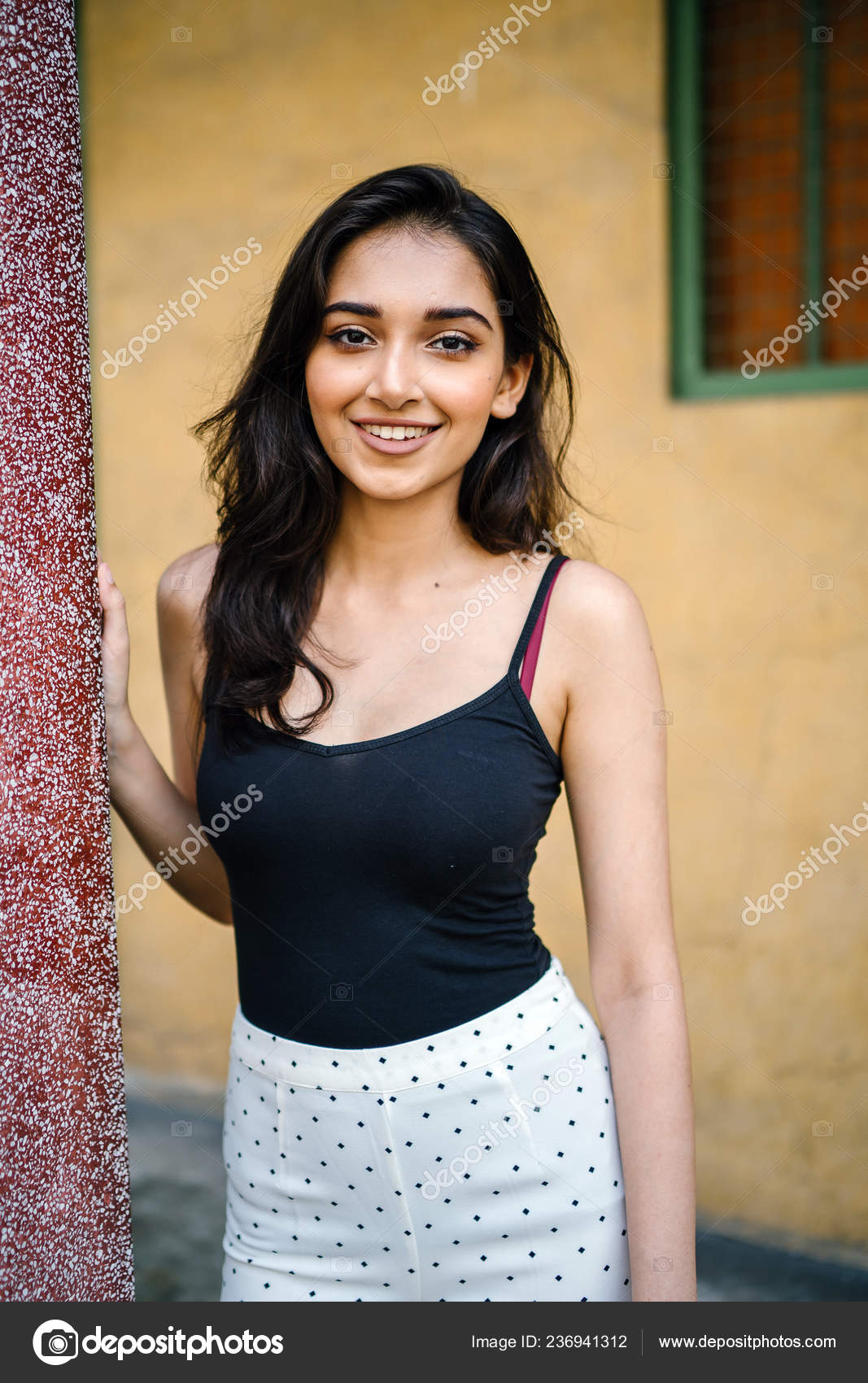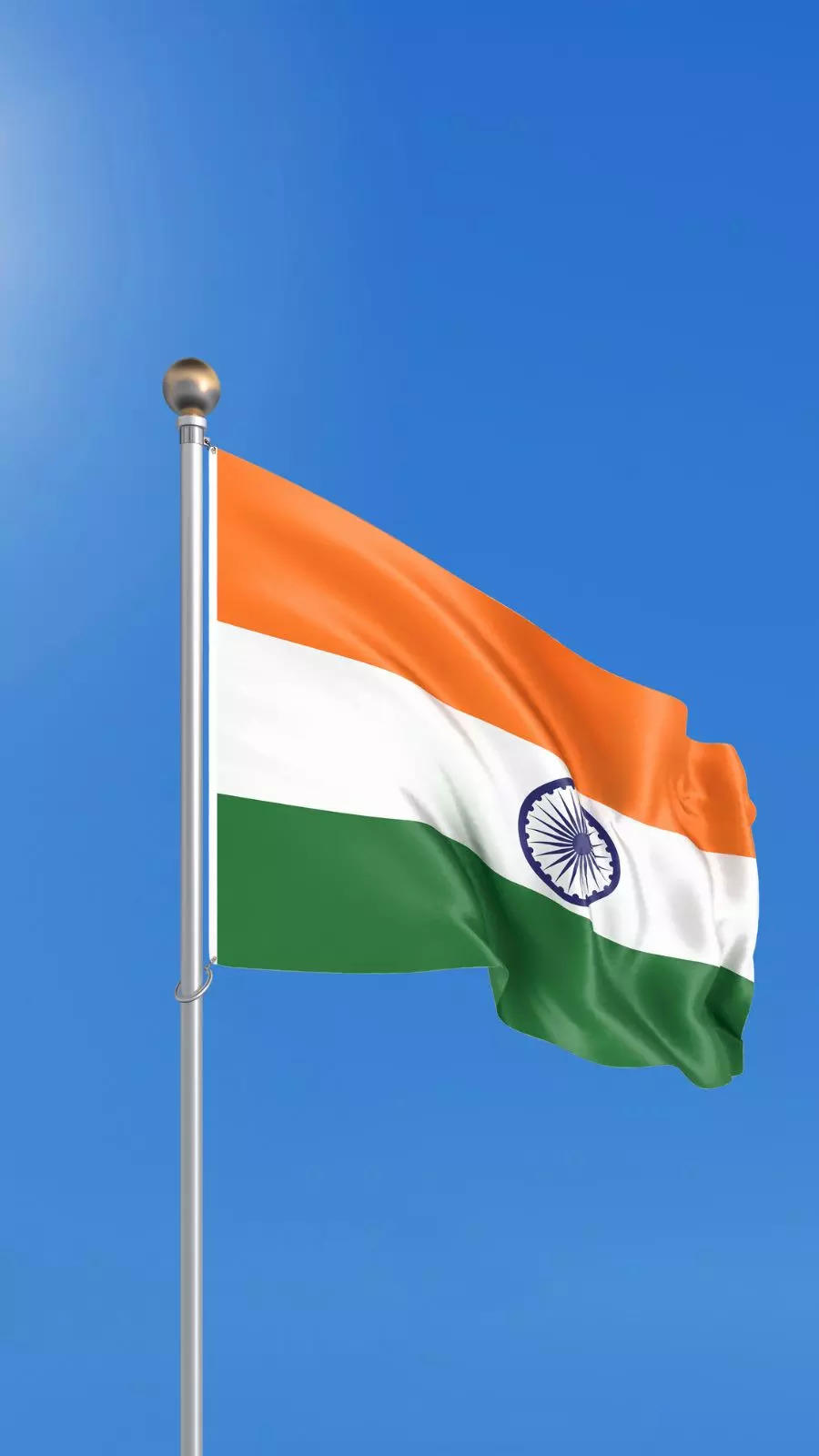Indian culture is a fascinating tapestry of traditions, languages, religions, and history that spans thousands of years. From the majestic Himalayas to the vibrant streets of Mumbai, India offers an incredible diversity that continues to captivate people worldwide. This article delves deep into the heart of Indian heritage, exploring its various facets and uncovering the secrets behind its enduring appeal.
India is not just a country; it's a world in itself. The diversity of its landscapes, languages, religions, and customs makes it one of the most unique and fascinating places on Earth. The Indian subcontinent has been a cradle of civilization for millennia, with its history dating back to the Indus Valley Civilization.
As we journey through this article, we will explore the various aspects of Indian culture, history, and modern developments. Whether you're a history enthusiast, a culture lover, or simply curious about the world's largest democracy, this article aims to provide valuable insights into what makes India so special.
Read also:Kat Timpf Due Date For Pregnancy The Complete Guide
Table of Contents
- The Rich History of Indian Civilization
- Cultural Diversity in India
- Major Religions in Indian Society
- Languages Spoken in India
- Indian Cuisine: A Feast for the Senses
- Traditional Indian Fashion
- Indian Music and Dance
- Tourism in India
- The Indian Economy: Growth and Challenges
- The Future of Indian Development
The Rich History of Indian Civilization
India's history is a fascinating journey through time, marked by the rise and fall of great empires and the development of some of the world's oldest civilizations. The Indus Valley Civilization, which flourished around 2600 BCE, was one of the earliest urban civilizations in the world. Cities like Mohenjo-Daro and Harappa showcased advanced urban planning and architecture.
Key Historical Periods
Throughout its history, India has been home to numerous dynasties and empires, each leaving its mark on the country's culture and traditions. Some of the most notable periods include:
- Maurya Empire: Established by Chandragupta Maurya, this empire was one of the largest in the world during its time.
- Gupta Empire: Known as the Golden Age of India, this period saw significant advancements in science, mathematics, and art.
- Mughal Empire: Famous for its architectural marvels like the Taj Mahal, the Mughal era left an indelible mark on Indian history.
These historical periods have shaped modern-day India, creating a rich tapestry of traditions and cultural practices that continue to thrive today.
Cultural Diversity in India
India is renowned for its incredible cultural diversity. With 29 states and 7 union territories, each region has its unique customs, traditions, and festivals. This diversity is one of the defining characteristics of Indian society.
Regional Festivals
From Diwali in the north to Onam in the south, India celebrates a wide array of festivals throughout the year. These festivals are not only a celebration of religious beliefs but also a testament to the country's cultural richness.
- Holi: Known as the Festival of Colors, Holi is celebrated with great enthusiasm across India.
- Durga Puja: A major festival in West Bengal, it honors the goddess Durga and her victory over evil.
- Pongal: Celebrated in Tamil Nadu, this harvest festival is a tribute to the sun god.
These festivals bring people together, fostering a sense of unity and community spirit.
Read also:Andrew Keegan Kids A Comprehensive Guide To Family Life And Parenting
Major Religions in Indian Society
India is home to several major religions, including Hinduism, Islam, Christianity, Sikhism, Buddhism, and Jainism. Each religion has its own set of beliefs and practices, contributing to the country's religious diversity.
Religious Harmony
Despite the diversity of religions, India has a long history of religious harmony and coexistence. The country's constitution guarantees freedom of religion, allowing people to practice their faiths freely.
According to a report by the Pew Research Center, India is one of the most religiously diverse countries in the world, with Hindus making up the majority of the population, followed by Muslims, Christians, and others.
Languages Spoken in India
India is a multilingual country, with over 19,500 languages and dialects spoken across the nation. The Constitution recognizes 22 official languages, with Hindi and English being the primary languages of communication.
Language Diversity
The linguistic diversity in India is a reflection of its cultural richness. Languages like Tamil, Telugu, Bengali, and Marathi have rich literary traditions and continue to thrive in modern times.
According to UNESCO, India has one of the highest numbers of endangered languages in the world, highlighting the need for language preservation and promotion.
Indian Cuisine: A Feast for the Senses
Indian cuisine is renowned for its bold flavors, diverse ingredients, and regional variations. From spicy curries to sweet desserts, Indian food offers a culinary experience like no other.
Popular Dishes
Some of the most popular Indian dishes include:
- Biryani: A fragrant rice dish cooked with spices and meat or vegetables.
- Butter Chicken: A rich and creamy dish made with tandoori chicken in a tomato-based sauce.
- Samosa: A savory pastry filled with spiced potatoes and peas.
Indian cuisine has gained global recognition, with many Indian restaurants receiving accolades for their authentic flavors and culinary expertise.
Traditional Indian Fashion
Indian fashion is a vibrant expression of the country's cultural heritage. Traditional attire like sarees, salwar kameez, and dhoti kurta continue to be popular, especially during festivals and special occasions.
Fashion Trends
Modern Indian fashion blends traditional elements with contemporary styles, creating unique and stylish outfits. Designers like Sabyasachi Mukherjee and Manish Malhotra have gained international acclaim for their exquisite designs.
According to a report by the Fashion Design Council of India, the Indian fashion industry is one of the fastest-growing sectors, contributing significantly to the country's economy.
Indian Music and Dance
Music and dance are integral parts of Indian culture, with a rich tradition that dates back thousands of years. Classical music forms like Hindustani and Carnatic music continue to be popular, while Bollywood music has gained a global following.
Traditional Dance Forms
India is home to several classical dance forms, each with its unique style and technique. Some of the most popular dance forms include:
- Bharatanatyam: Originating from Tamil Nadu, this dance form is known for its intricate footwork and expressive gestures.
- Kathak: A North Indian dance form that combines storytelling with graceful movements.
- Odissi: A classical dance form from Odisha, known for its fluid movements and sculpturesque poses.
These dance forms are not only a form of artistic expression but also a way of preserving India's cultural heritage.
Tourism in India
India is a popular tourist destination, attracting millions of visitors each year. From the majestic Taj Mahal to the serene backwaters of Kerala, the country offers a wide range of attractions for every type of traveler.
Top Tourist Destinations
Some of the must-visit places in India include:
- Taj Mahal: A UNESCO World Heritage Site and one of the Seven Wonders of the World.
- Goa: Known for its beautiful beaches and vibrant nightlife.
- Rajasthan: Famous for its stunning forts and palaces.
According to the World Tourism Organization, India's tourism industry is one of the fastest-growing sectors, contributing significantly to the country's GDP.
The Indian Economy: Growth and Challenges
India is the world's fifth-largest economy, with a GDP of over $3 trillion. The country has made significant progress in recent years, driven by sectors like IT, manufacturing, and services.
Challenges and Opportunities
Despite its growth, India faces several challenges, including poverty, unemployment, and infrastructure deficits. However, the government's initiatives like 'Make in India' and 'Digital India' aim to address these issues and promote sustainable development.
According to the World Bank, India is poised to become one of the leading economies in the world, provided it continues to implement reforms and invest in human capital.
The Future of Indian Development
India's future looks promising, with rapid advancements in technology, education, and infrastructure. The country's young population and growing middle class present immense opportunities for economic growth and development.
In conclusion, India is a country of immense potential and diversity. From its rich history and vibrant culture to its modern developments and future prospects, India continues to captivate the world with its unique charm.
We invite you to share your thoughts and experiences about India in the comments section below. Additionally, feel free to explore other articles on our website for more insights into this fascinating country.

